Overview:
In teaching math you have to know that nobody truly despises math; we engage in mathematical thinking daily.
Math phobia: Let’s begin by reiterating one of my favorite phrases as a math teacher, “Everyone’s a math person.” Individuals who appreciate puzzles, sports, video games, and problem-solving can’t genuinely harbor a dislike for math. What breeds disdain is the culture surrounding math which creates such distress that many prefer to avoid it altogether.
Renowned math educator Larry Martinek once stated, “Children don’t hate math. What they hate is being confused, intimidated, and embarrassed by math. Understanding fosters passion, and passion leads to growth.”
It’s crucial to acknowledge that nobody truly despises math; we engage in mathematical thinking daily. The challenge lies in the culture surrounding its pedagogy. For years, math classrooms have evoked feelings of confusion, intimidation, and embarrassment not stemming from the act of doing math but from the method of accessing it.
Math Phobia
As a devoted special education math teacher, the ongoing challenge involves students entering my classroom with math phobia, holding onto the belief that they are not “math people.”
My commitment to equity in education has driven me to recognize these traits in a traditional math class that contributes to math phobia:
- Perfectionism
- Sense of urgency
- Quantity over quality
- Individualism
These four traits align with Tema Okun and Kenneth Jones’s “White Supremacy Characteristics.” They argue that these characteristics are rooted in a culture of white patriarchy that inflicts harm on groups not benefiting from this hierarchy.
It’s not math that America dislikes; it’s a culture steeped in toxic characteristics. One that discourages mistakes impedes taking time to understand and hinders showcasing multiple strategies.
A culture focused on understanding
Embarking on this school year, my goal was to create a math classroom experience centered on students’ identities and to foster joy. This meant acknowledging the existence of math phobia, as not a year goes by without hearing students say, “I’ll never use math in real life” or “Math is just not for me.”
Creating a counterculture consisted of the following:
- Fostering a culture of mistakes
- Collaborative and collective learning
- Identity-centered curriculum
- Real-world application
No one enjoys feeling unsuccessful, and a toxic math culture can create an environment where students experience precisely that. Considering the identified characteristic of “perfectionism,” in math, it implies there can only be a right or wrong answer and leaves little room to celebrate mistakes. The trait of a “sense of urgency” imposes the belief that math must be done swiftly and efficiently. Math classrooms should provide a space where students can take their time and engage in student discourse. Discussions should center around problem-solving, with students sharing ideas, strategies, and questions.

Students collaboratively look over a problem and engage in mathematical discourse.
Traditional Math Classrooms
Traditional math classrooms often prioritize “quantity over quality,” emphasizing repetitive drills to demonstrate understanding. Reflecting on the purpose of this robotic activity is essential. We should structure student-centered learning opportunities for students to justify their thinking and express their reasoning. A culture of “Individualism” promotes students to avoid showing their work or hastily raising their hands to answer first, detracting from collaborative opportunities.
Year after year, I reconsider the math culture I can create, aiming to dismantle detrimental characteristics. Math classrooms should be built on community, where students share ideas and learn collaboratively. The math curriculum should center on their identities, making it relevant to their experiences. Math classrooms become truly valuable when students feel seen and empowered to make mistakes.

Data portrait selfies using designer Giorgia Lupi’s “Dear Data” project as a model.
Transforming math education
The journey toward transforming math education is an ongoing commitment to dismantling toxic characteristics and fostering a culture of joy and collaboration. The parallels between traditional math culture and white supremacy characteristics emphasize that America’s disfavor of math is, in reality, a rejection of a harmful culture.
As an educator, my dedication to equity in the classroom led to the identification of traits hindering math engagement. Perfectionism, a sense of urgency, prioritizing quantity over quality, and individualism are not inherent to math but are instead ingrained in a broader context that perpetuates inequality.

Students’ geometric designs inspired by different cultures around the world.
To reshape the math classroom, we must center collaboration as the cornerstone and foster a community of learning. By placing focus on student discourse, we shift from an individualistic approach to one that values collective learning. We should provide opportunities where students can see math in a real-world scenario and apply their understanding of mathematical concepts.
By centering collaboration and embracing identity in math education, we break down barriers and instill the belief that students are “math people.” Cultivating an environment where mistakes are an essential part of learning and working collectively to solve problems allows the classroom to become a supportive space. This transformative approach not only enriches the math experience but also equips students with the skills and mindset necessary for advanced higher-order mathematical thinking.
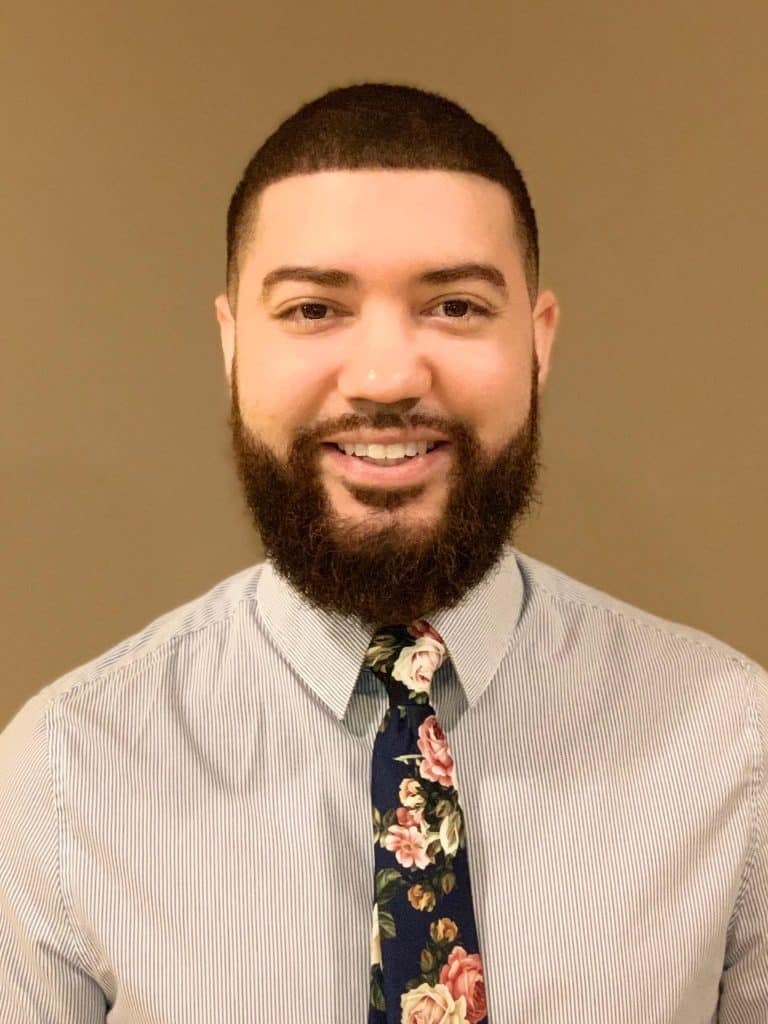
Jorge Santos is a special education math teacher at a High School in Queens, NY. His roles have included a teacher leader, restorative justice coordinator, and grade team leader. Jorge’s educational focus centers on anti-racist and equitable learning environments through restorative practices. He’s presented at various conferences, addressing racial equity and the possible transformation of schools through diversifying curriculum. Jorge has been recognized in education, receiving the Leaders in Education Award from St. John’s University in 2024, a finalist for the Flag Award for Teaching Excellence in 2023, a finalist for the Greg Farrell Award by the NYC Outward Bound Schools Network in 2021, and the Professional of the Year Award by the National Association of Latino Fraternal Organizations in 2021.Jorge published his first children’s book, “Soy Bella,” celebrating Latino diversity and he uses the Instagram @RestoringRacialJustice platform to share his views on education.

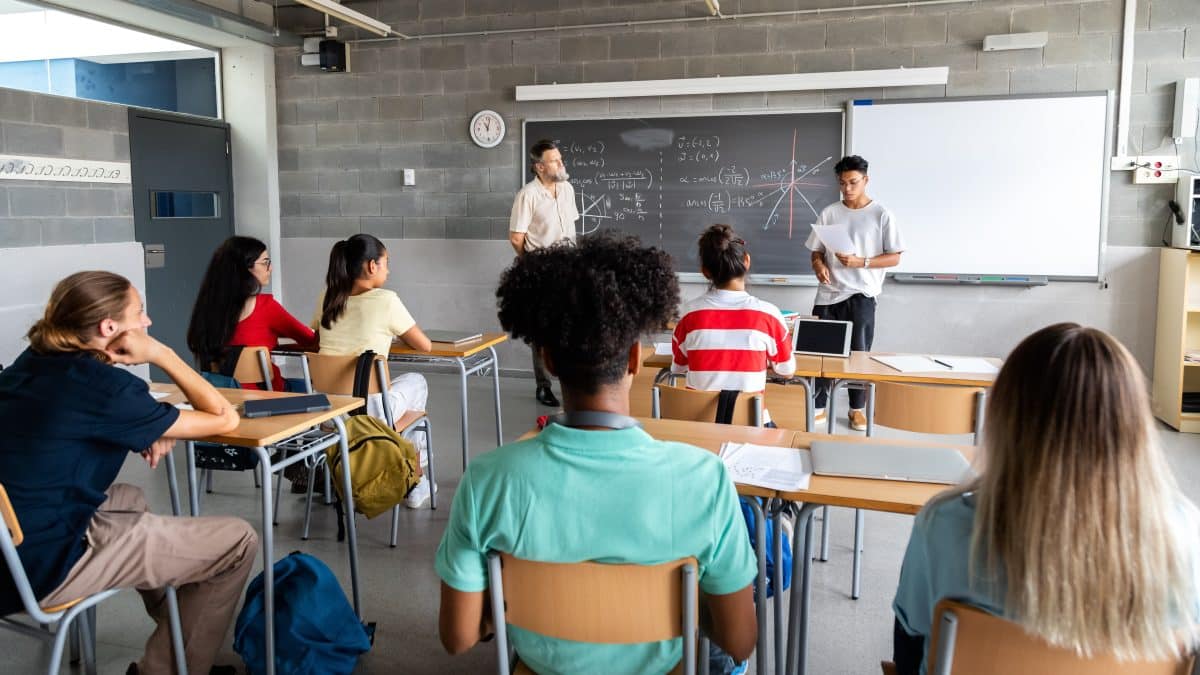

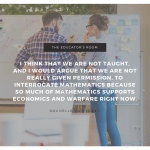

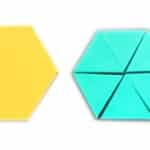
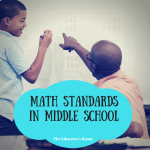
I think bringing math back to student-centered work will go a long way to help them process their thoughts and the work presented. I work with a lot of kids who think that they just cannot do math. We as educators need to help them be comfortable with making mistakes and using them to learn at a deeper level